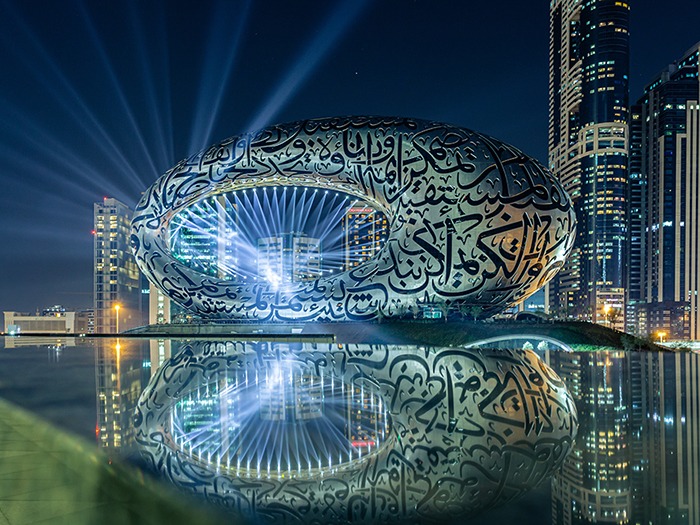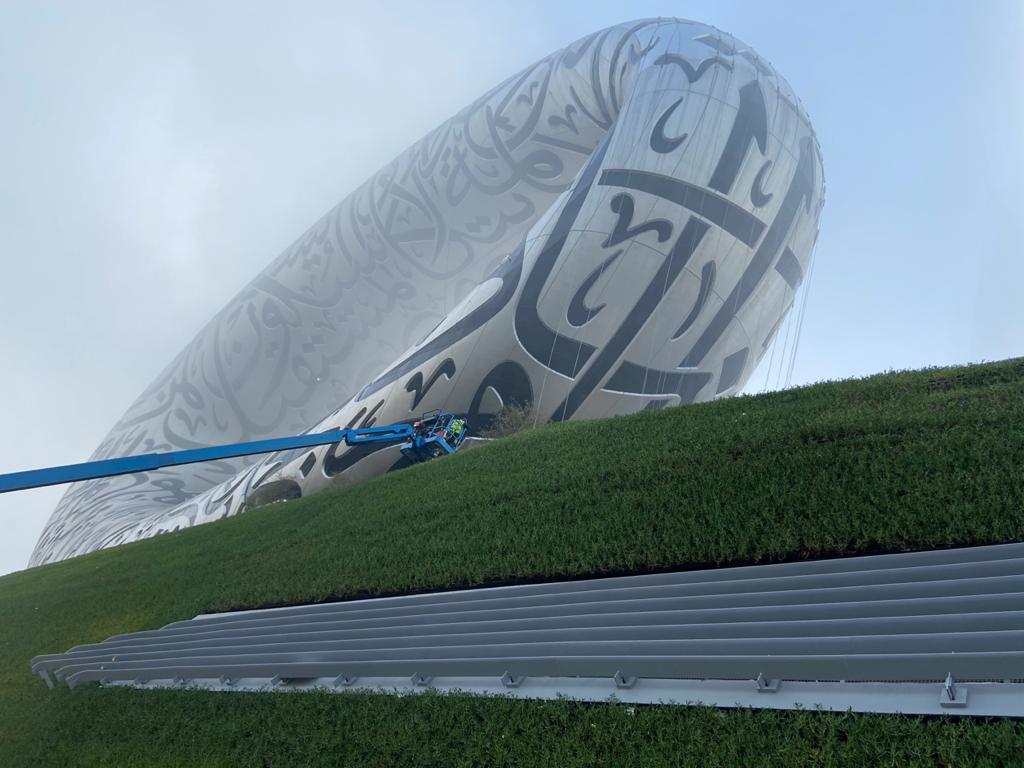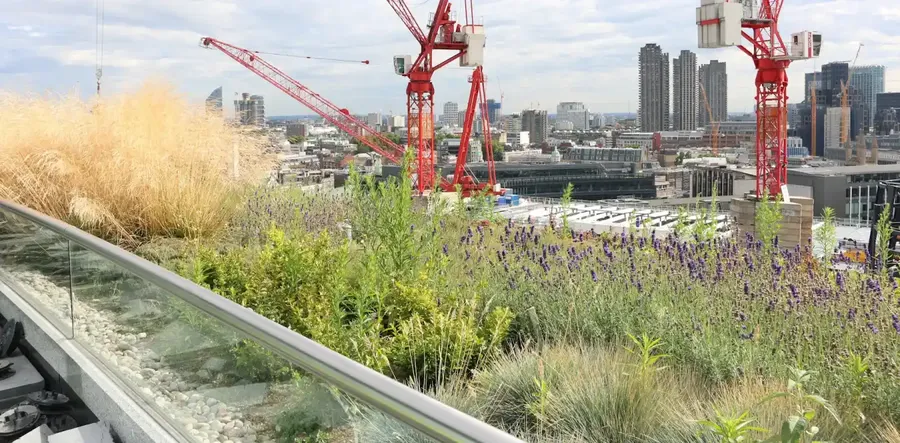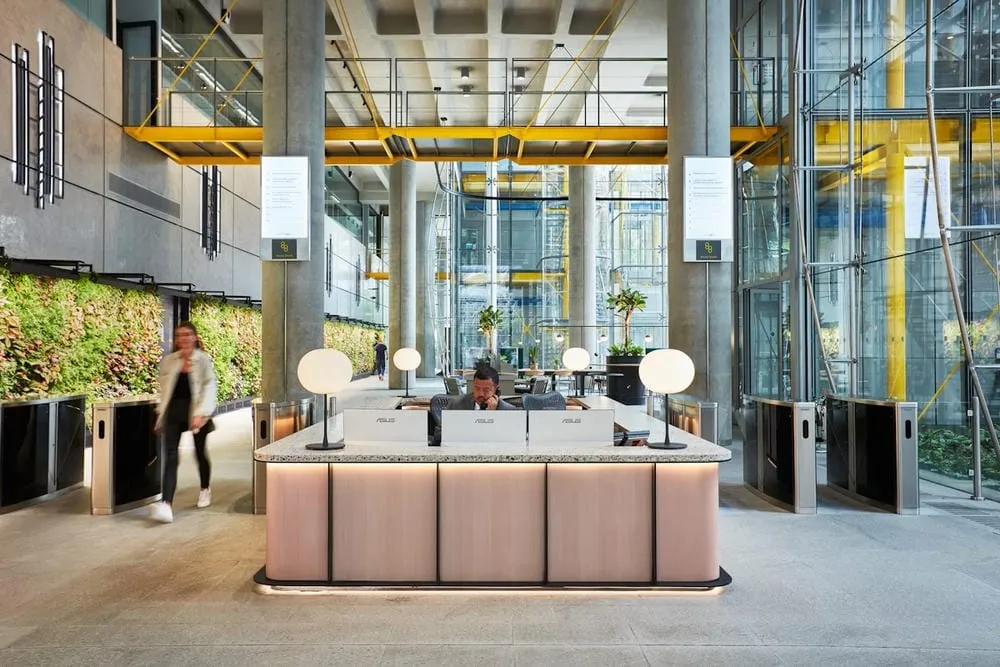The most unique building in the world wins BALI award

In September last year, the British Association of Landscape Industries (BALI) announced the winners of the 2021 National Landscape Awards. With 79 different awards celebrating “the best of the best” given to 53 of their members, it was then down to the members to compete in order to win the Principal Award for each of the 29 categories, and then for the highly coveted Grand Award.
As well as that, the Special Awards were then given to the most standout projects submitted.
In short, there were a lot of awards being presented!
There were some truly great entrants, as Chair John Melmoe said, “the mix and quality of this year’s submissions was extremely encouraging…the complex and diverse nature of the entries continues to showcase the capabilities of the industry and its skilled workforce.”
However, there’s one project we’re really excited to share with you.
Under the international category, sponsored by Ransomes Jacobsen, the work by Desert Landscape Co. at Museum of The Future makes the top 3.

But why are we so pleased to share this with you?
For the last six years, we’ve worked with Desert Landscapes as our certified partner in the region to create multiple living walls. You may not be able to tell from the images of the project, but this includes the Museum of The Future too!
Why is it difficult to tell?
The whole structure is split into two buildings. The ‘hill’ was built to provide a base and structural foundation to the main piece of art, the huge hollow oval on top, which in fact happens to have windows that form a poem by Dubai’s ruler Sheikh Mohammed, about his vision for the city’s future, written in Arabic calligraphy.

With the aim to make the base structure look like a hill, rather than two separate buildings on top of each other, research was carried out as to how they could achieve this, without having to wait for grass to establish, and then having to have it irrigated from the outside with sprinklers. It was on the steepest parts of the ‘bank’ where there was the challenge to find a system that would work.
Eventually, the Viritopia Living Wall System was chosen as it was the only system that could be used in this way (steep sides with no visible irrigation) and not only survive but flourish in the extreme climate. These steep landscaped banks have walkways and sleek windows cut into the side.
Planted with a natural substrate that is best suited to the area and with just one specie: Sea Purslane (Sesuvium portulacastrum Green Carpet) used creates an entirely green landscape.
This is, in the view of many, one of the most unique buildings in the world. Architect Shaun Killa describes it as “a high-tech showpiece of technological advancements”.
The Museum of The Future, now a recognised award-winning building, will be used for events and exhibitions going forward.
Explore more insights
Discover the latest in green infrastructure

Vanguard Logistics Park (Longmore) Featured in RIBA Commercial Directory 2025

Green Roof Advantages & Disadvantages

Design with meaning: How office living walls reflect your brand

